Do not use administrative orders to restrict personal vehicles.
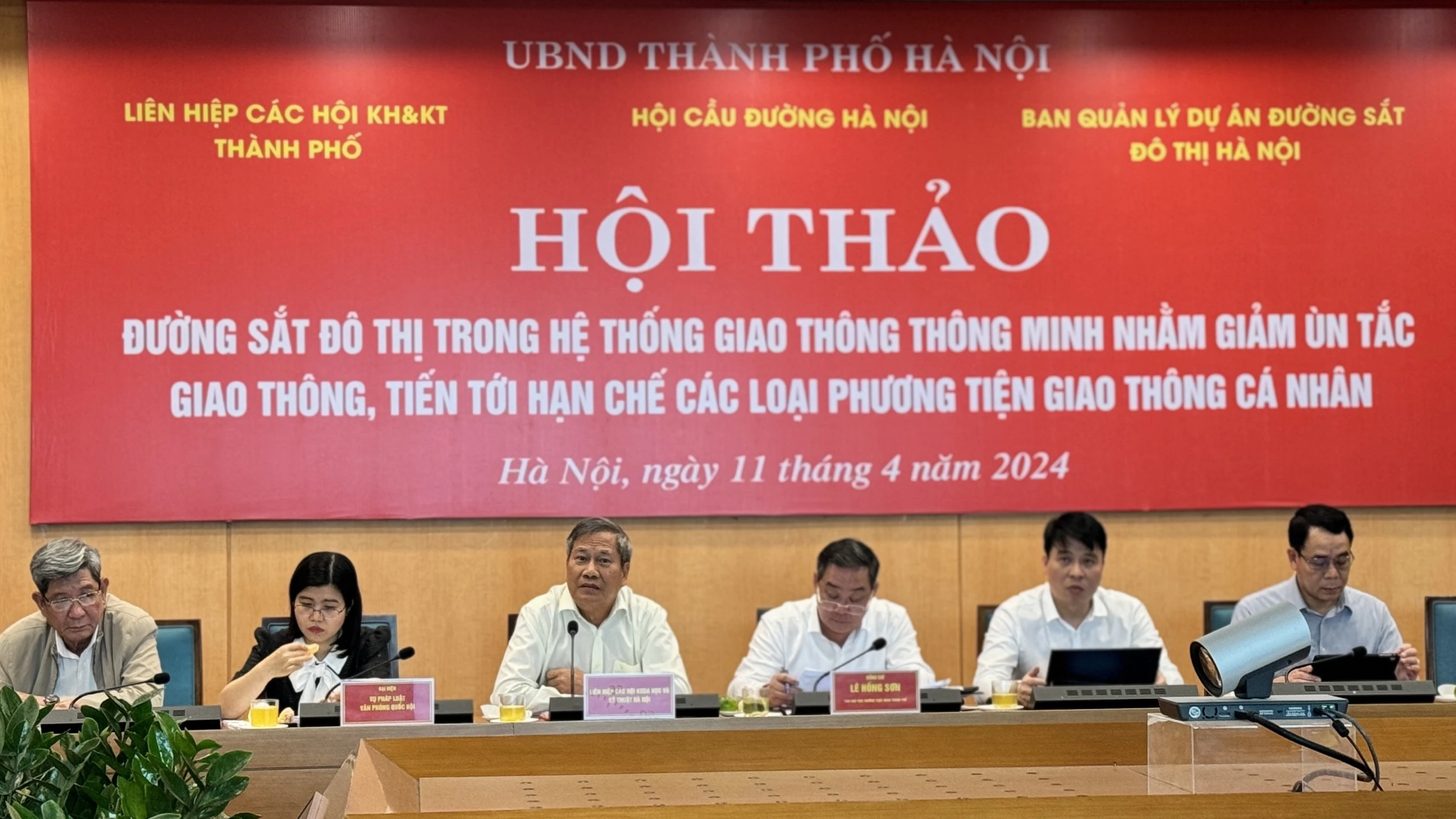
Mr. Le Hong Son - Member of the Standing Committee of the City Party Committee, Permanent Vice Chairman of the Hanoi People's Committee chaired the workshop.
Speaking at the opening of the workshop, Mr. Le Xuan Rao, Chairman of the Union of Science and Technology Associations of Hanoi City, said that the goal of the workshop is to find solutions to eliminate motorbikes and reduce other personal means of transport in inner-city traffic.
To achieve the goal of eliminating motorbikes and reducing other personal vehicles in the inner city, the Chairman of the Hanoi Science and Technology Association said that public transport must meet all travel needs of people, not by administrative orders or imposed regulations.
Meanwhile, Mr. Le Hong Son, Permanent Vice Chairman of Hanoi People's Committee, acknowledged that many people find this goal difficult and unfeasible, but I believe that with the passion and intelligence of managers, scientists and experts, we will consider the difficulties from reality and propose feasible solutions to achieve the goal.
"Many cities in the world have done this, specifically right next to us is the capital Beijing, then the city of Nanning or some other cities in China, people have scientific solutions, reasonable routes to eliminate motorbikes and reduce private cars in their inner city and have reduced traffic congestion," said Mr. Son.
Urban railway is the backbone
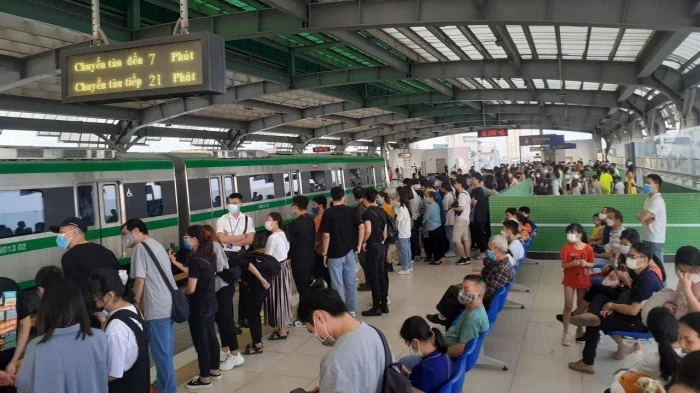
The Cat Linh - Ha Dong urban railway line is increasingly crowded. Illustrative photo.
Mr. Le Anh Nam - Head of Bus Operation Center (Hanoi Transport Corporation), in large cities around the world, the urban railway system (UR) is considered the backbone. Hanoi is a large city but currently has only one urban railway line, Cat Linh - Ha Dong, which has been in operation since 2021. It is expected that in the near future, the Nhon - Cau Giay elevated section of the Nhon - Hanoi Railway Station line will be exploited.
"The development of urban railways in the capital in recent times has been quite limited compared to the demand. There needs to be stronger mechanisms, solutions and implementation methods to meet people's travel needs by speeding up the implementation of urban railway routes already included in the capital's transport planning with preferential capital mechanisms and simplified administrative procedures," said Mr. Nam Anh.
Referring to the effectiveness after the operation of the Cat Linh - Ha Dong urban railway, Mr. Vu Hong Truong, Chairman of the Board of Directors and General Director of Hanoi Railway Company Limited, said that the Cat Linh - Ha Dong route put into use marked the beginning of a modern, advanced form of public transport. The number of passengers on the train reached the best scenario.
Specifically, on a normal day, the route transports 35,000 - 36,000 passengers, on weekends 24,000 - 26,000 people. Peak hours reach 6,000 - 8,000 passengers/hour. The monthly ticket usage rate is about 70% per day.
From here, Mr. Truong believes that in order for urban railways to maintain an increasingly important position, policies to support investors, as well as incentives to motivate and promote the implementation of urban development in the direction of public transport (TOD), need to be clearer and more complete.
In addition to expanding the urban railway network, it is also necessary to have the support of buses, taxis and other forms of public passenger transport, ensuring convenient travel for people, creating comprehensive transport activities.
Permanent Vice Chairman of the City People's Committee Le Hong Son said that during this term, the Politburo issued Resolution No. 15 on the direction and tasks of developing Hanoi Capital until 2030, with a vision to 2045, setting a specific goal that by 2035, Hanoi will complete 400km of railway, while Ho Chi Minh City will complete more than 200km.
According to Mr. Le Hong Son, to do that, there needs to be a breakthrough policy. The City People's Committee will absorb the opinions of experts and scientists, and specify them in the revised Capital Law project. The goal is to develop urban areas in the direction of public transport (TOD), in order to gradually reduce traffic congestion, transport large volumes of passengers, help save energy, and minimize air pollution.
Source


![[Photo] Prime Minister Pham Minh Chinh receives Ambassador of the French Republic to Vietnam Olivier Brochet](https://vphoto.vietnam.vn/thumb/1200x675/vietnam/resource/IMAGE/2025/5/13/f5441496fa4a456abf47c8c747d2fe92)
![[Photo] President Luong Cuong attends the inauguration of the international container port in Hai Phong](https://vphoto.vietnam.vn/thumb/1200x675/vietnam/resource/IMAGE/2025/5/13/9544c01a03e241fdadb6f9708e1c0b65)
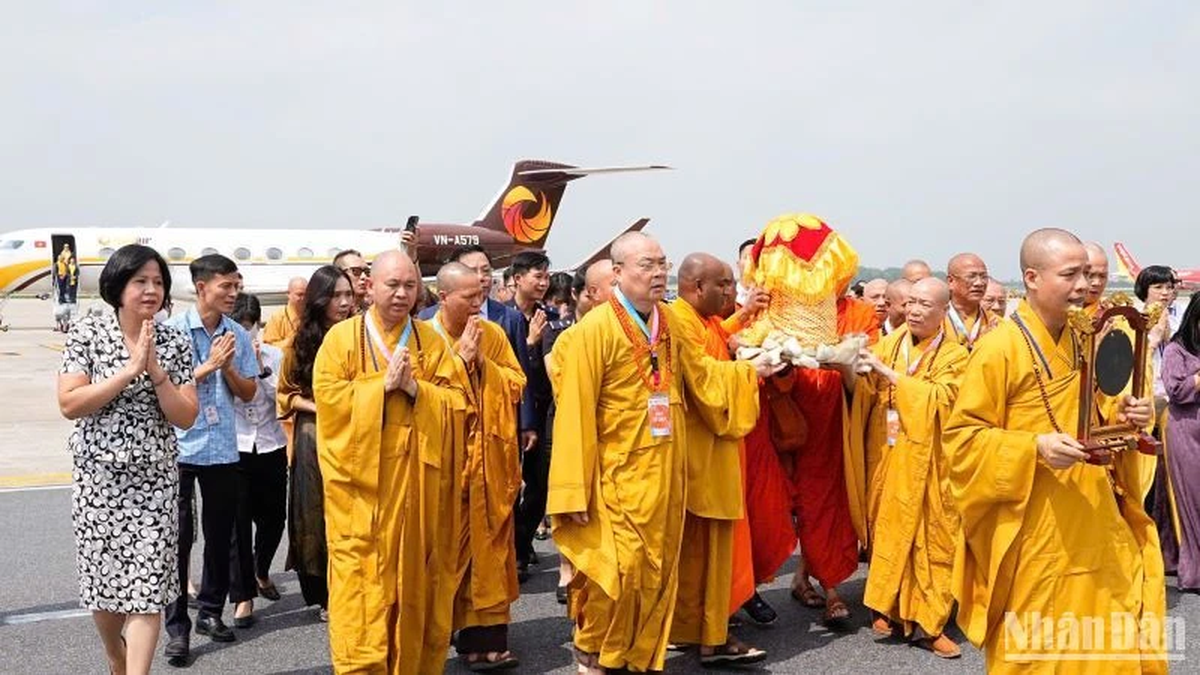
![[Photo] President Luong Cuong awarded the title "Heroic City" to Hai Phong city](https://vphoto.vietnam.vn/thumb/1200x675/vietnam/resource/IMAGE/2025/5/13/d1921aa358994c0f97435a490b3d5065)
![[Photo] Many people in Hanoi welcome Buddha's relics to Quan Su Pagoda](https://vphoto.vietnam.vn/thumb/1200x675/vietnam/resource/IMAGE/2025/5/13/3e93a7303e1d4d98b6a65e64be57e870)



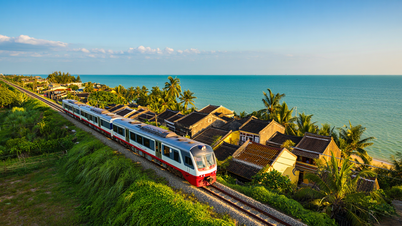

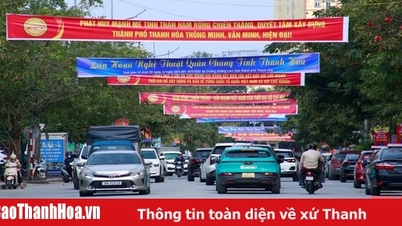


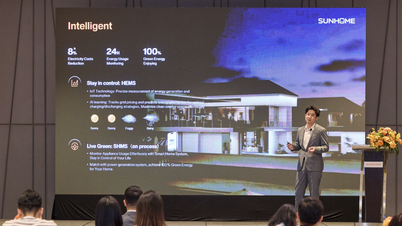


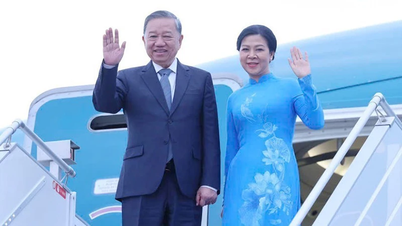

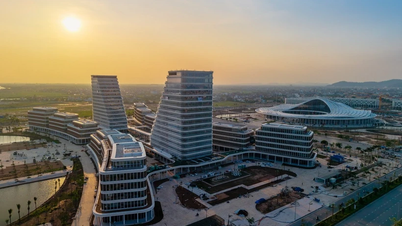
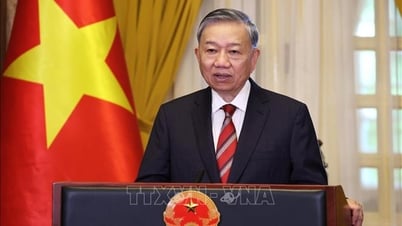
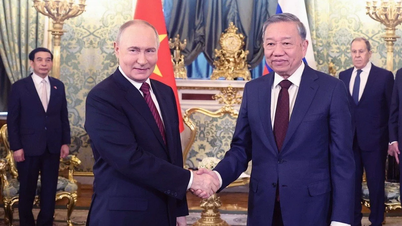





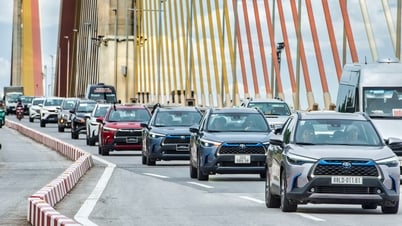












































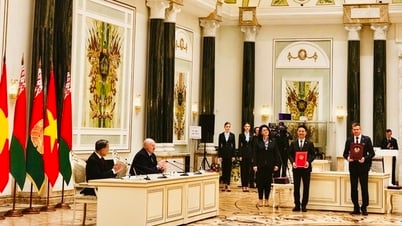















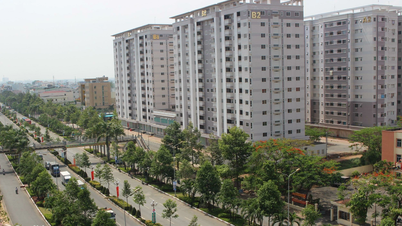












Comment (0)